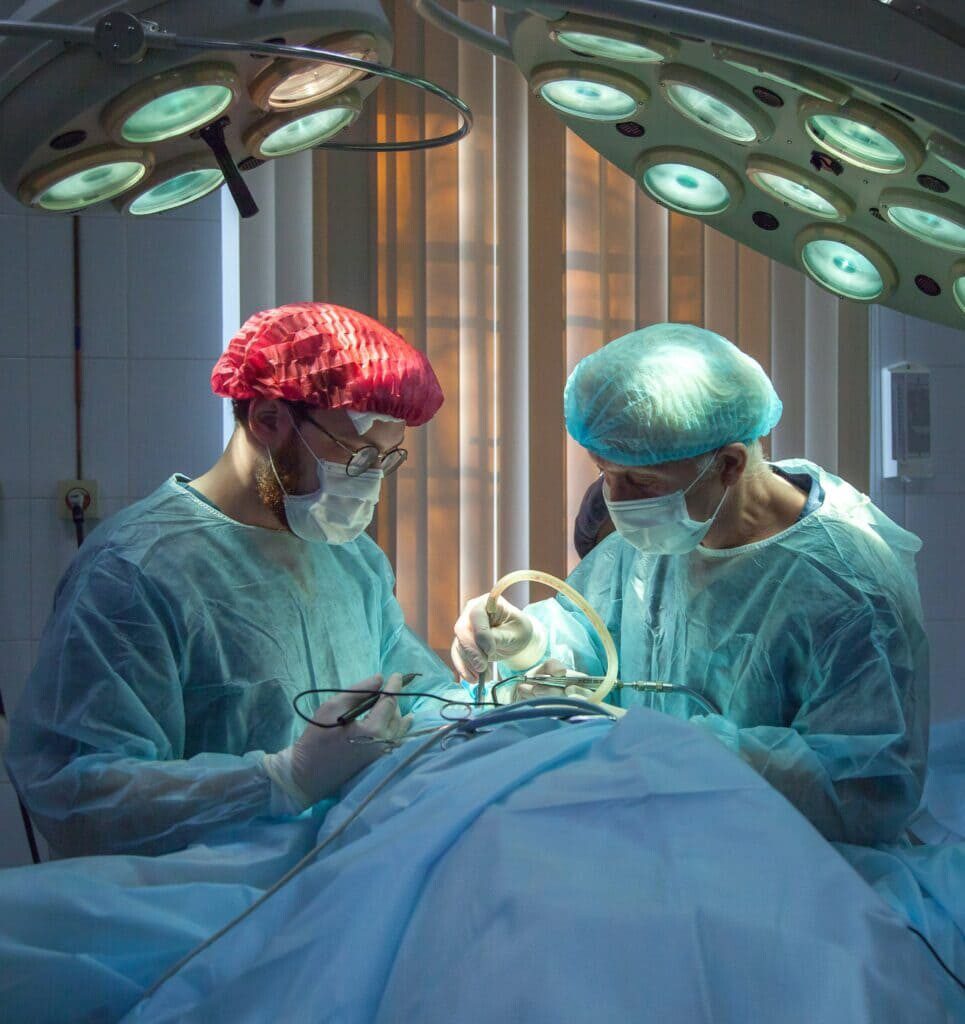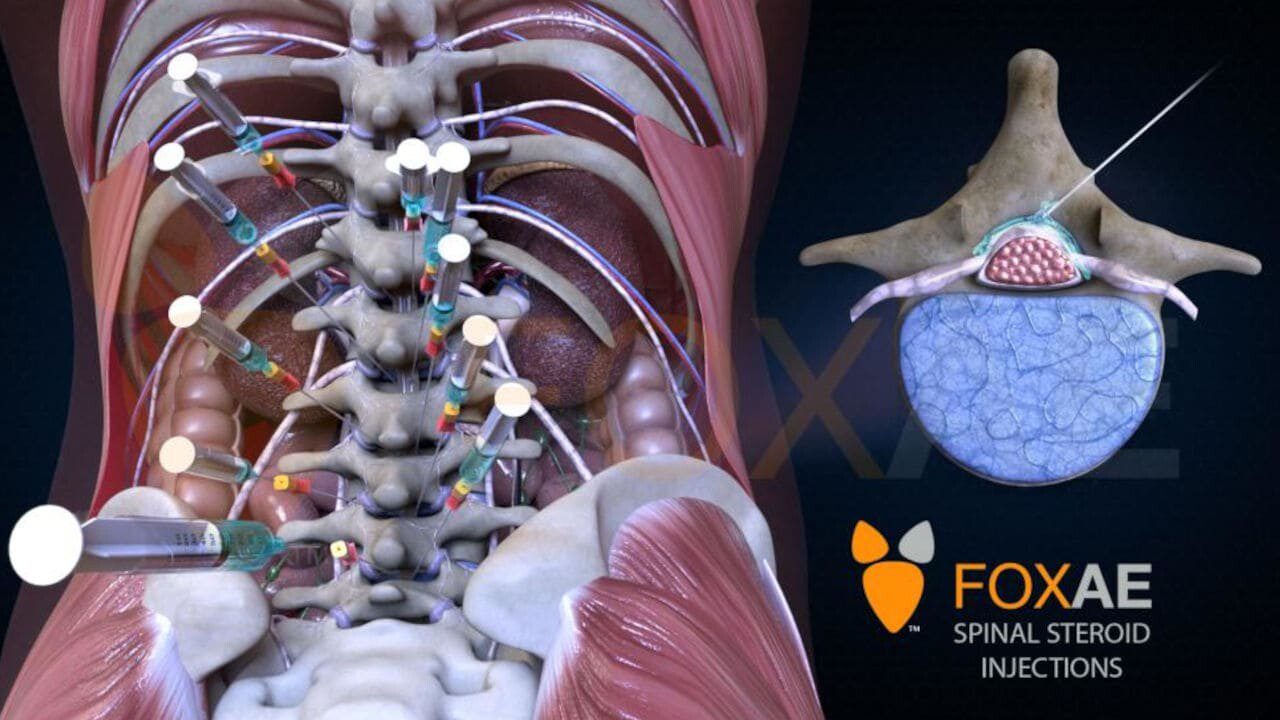Medical animation is an instructional video that is generated using 3D computer graphics. It is generally focused on a medical or surgical concept/procedure. It may be used as a teaching tool for a variety of audiences, including medical professionals, patients, forensic reconstruction, judges and jurors, and emergency care instructions, among others.
Using medical animation in a court case where judges and jurors are the audiences can be used to explain a variety of concepts relating to the medical field. It can be used to explain a surgical procedure as well as damages to any interior and external organ(s)
Dillion v. Evanston Hospital
The case of Dillon v. Evanston Hospital et al. was one in which medical animation was used at a medical malpractice trial. Dillon charged Dr. Sener who was a staff of the hospital with medical malpractice as a result of a breast cancer treatment performed on the plaintiff by Dr. Sener.
Dr. Sener surgically implanted a catheter into a vein in the plaintiff’s upper chest under the collarbone while treating her for breast cancer. The catheter was intended to make it easier to administer chemotherapy and draw blood without having to stick needles into the plaintiff’s veins repeatedly.

After the treatment, Dr. Sener removed the catheter. However, he merely withdrew a fraction of the catheter’s length, leaving a significantly longer portion in the plaintiff. The plaintiff eventually learned that the remaining portion of the catheter was present in her and close to her heart when receiving a chest x-ray at a different hospital. For this reason she talked to various specialists and Dr. Sener on possible solutions to removing the remaining catheter, she filed a medical malpractice case against Dr. Sener.
Medical animation used in the trial
During the trial, an animated video was used by the plaintiff. Dr. David Snydman. He is a board-certified infectious disease specialist, and he testified via a visual animation. The animation depicted a bacterial infection that traveled from the heart to the brain. The animation, according to Dr. Snydman, will aid in explaining to the jury the progression of endocarditis, a syndrome for which the plaintiff is now in danger.
Using the animation, he explained the important distinctions between the type and location of infection. Additionally he explained the infection that the plaintiff may develop in the future as a result of the catheter fragment’s existence.
Finally the jury decided in favor of the plaintiff and against Dr. Sener and the hospital at the conclusion of the trial. The jury, on the other hand, ruled in favor of the remaining defendants. Plaintiff was awarded $1.5 million in damages for past pain and suffering, $1.5 million for future pain and suffering, and $500,000 for the increased risk of future injuries by the jury.






